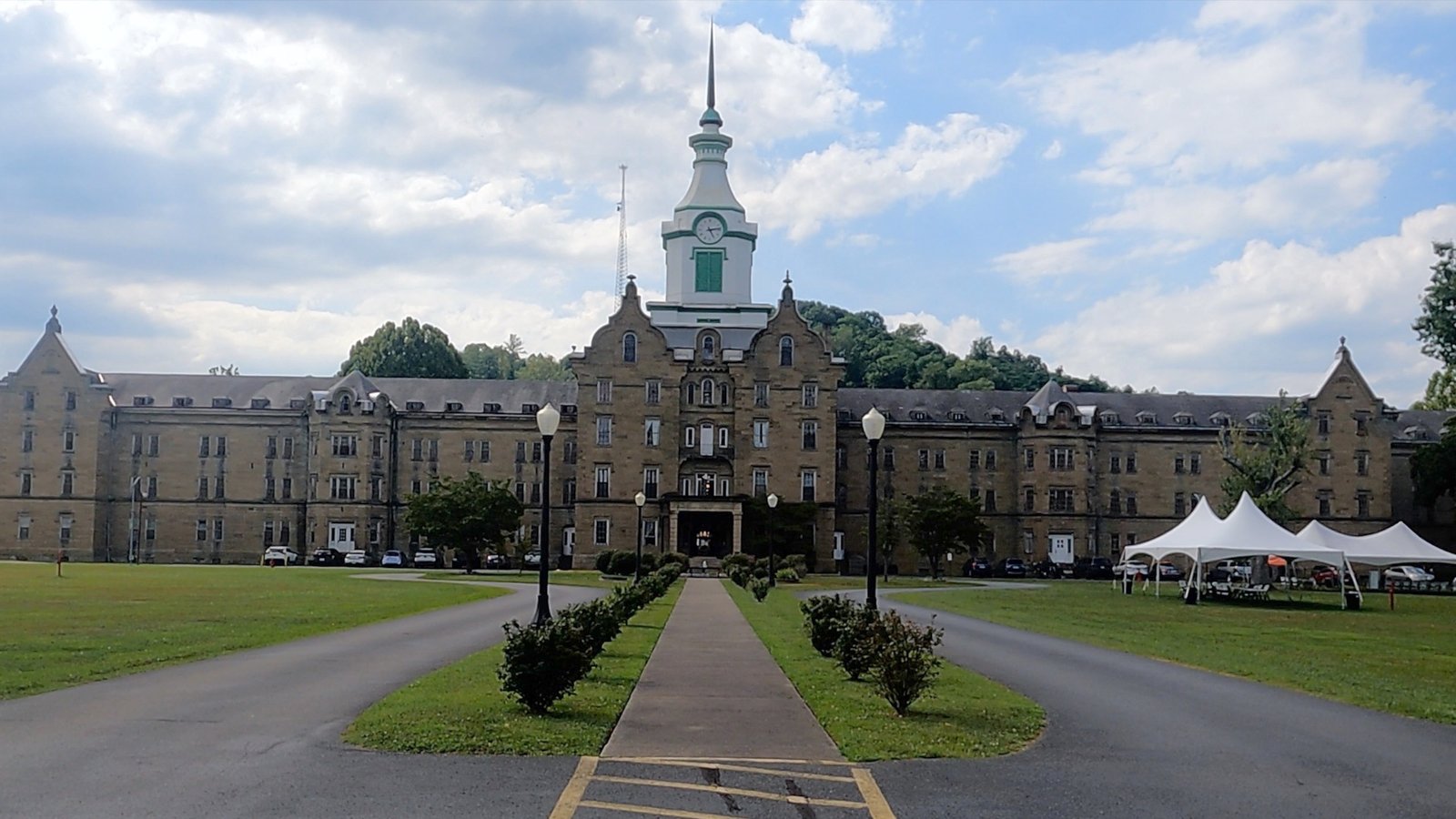On December 31, 1862, President Abraham Lincoln signed the West Virginia Statehood Bill, setting the stage for the creation of America’s thirty-fifth state. This pivotal moment in history was the culmination of a series of dramatic events sparked by the nation’s greatest conflict: the Civil War.
Here’s the story of how this all came about.
The 1860 election of Abraham Lincoln to the presidency caused an angry reaction in the South. Southern states, incensed by what they saw as Lincoln’s anti-slavery stance, began seceding from the Union. Virginia, too, joined the movement, passing its Ordinance of Secession on April 17, 1861, after the attack on Fort Sumter and Lincoln’s call for 75,000 troops.
However, in Virginia’s northwestern counties, the sentiment was starkly different. These counties, with economic and cultural ties to the Union, rejected secession. Nearly two-thirds of the votes against Virginia’s secession came from this part of the state, setting the stage for resistance to Confederate control.
In response to the Ordinance of Secession, pro-Union leaders organized the First Wheeling Convention in May 1861. Delegates, led by figures like John S. Carlile, sought to oppose the state leaving the Union and joining the Confederacy. While this initial meeting focused on defeating the secession vote, the overwhelming approval of secession on May 23 led to a second, more decisive convention.
The Second Wheeling Convention, held in June 1861, declared Virginia’s state government void and reorganized it under Union control. Francis H. Pierpont was elected governor of this “Restored Government of Virginia.” In August, this same convention approved the creation of a new state. Initially named Kanawha, it would soon be renamed West Virginia.
The road to statehood was fraught with controversy. Delegates met in Wheeling to draft a constitution for the proposed state, navigating contentious issues like slavery and county boundaries. The Willey Amendment, introduced in the U.S. Senate, ensured the gradual emancipation of enslaved people in the new state. After months of deliberation, Congress approved the statehood bill in December 1862.
Lincoln, aware of the constitutional and political complexities, consulted his cabinet before signing the bill. Ultimately, he decided in favor of West Virginia’s statehood, viewing it as a strategic and moral necessity for the Union.
Following Lincoln’s signature on New Year’s Eve, the process of statehood moved swiftly. In 1863, West Virginia’s revised constitution was approved by voters and delegates, leading to Lincoln’s proclamation that the state would officially join the Union on June 20, 1863. Arthur I. Boreman, the state’s first governor, declared West Virginia a beacon of Union loyalty amidst the turmoil of the Civil War.




Thanks for the history lesson.
I sure am glad all of this happened! We salute our beloved state of West Virginia and honor its birthday every June 20th.